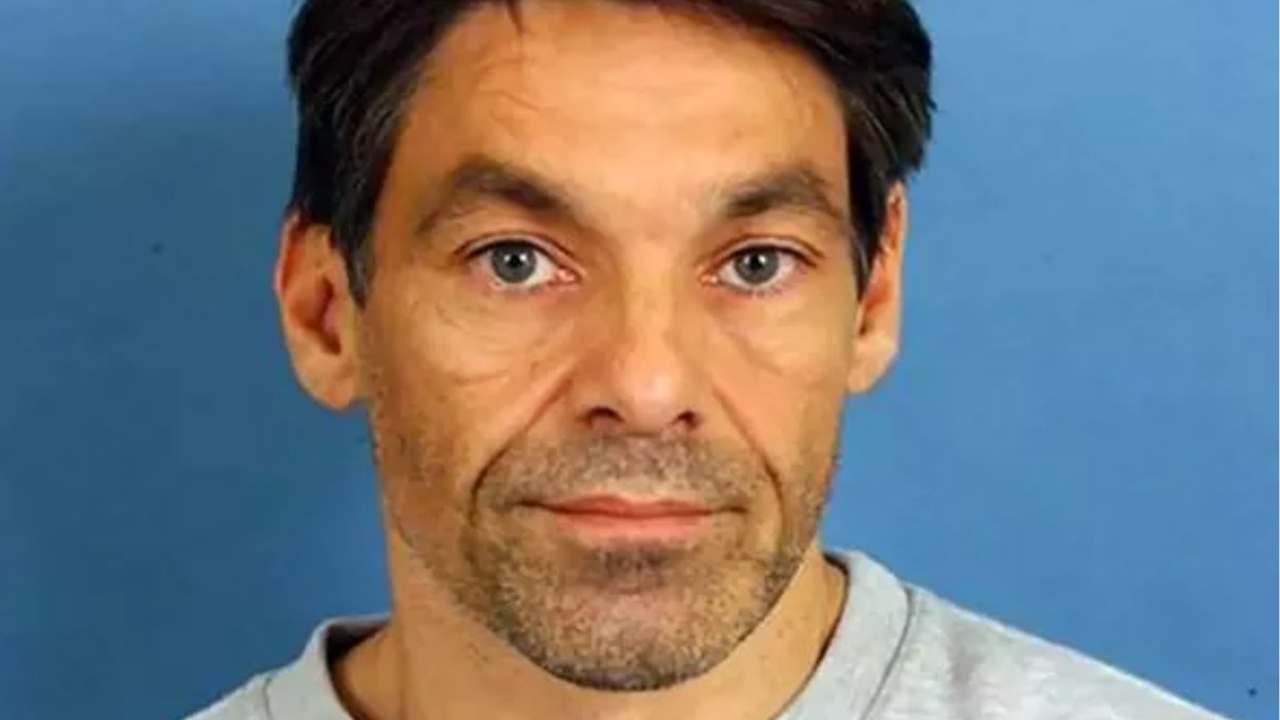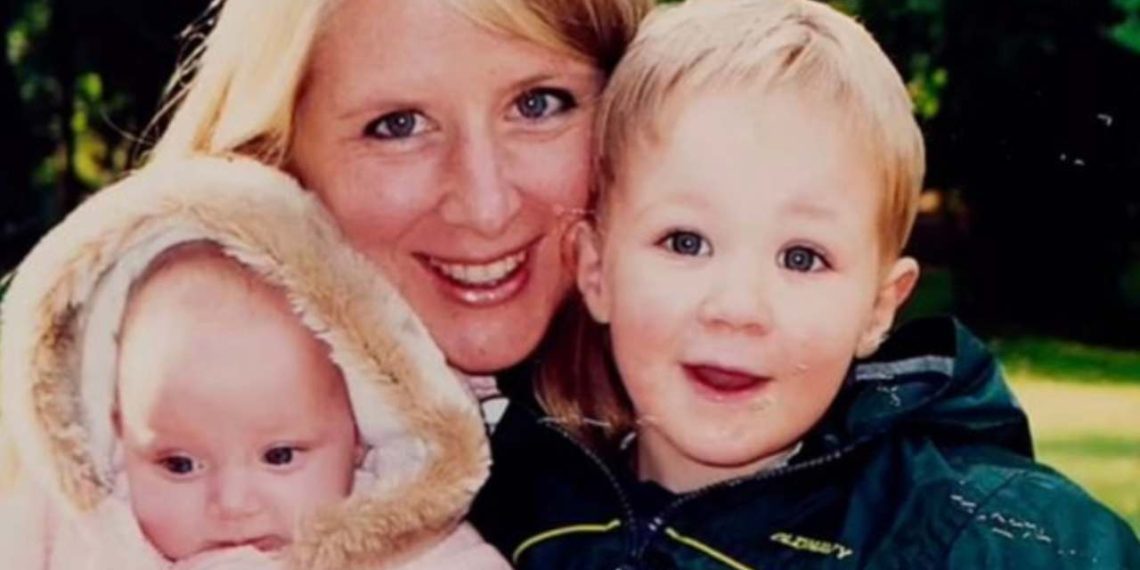The story of Robert Brown, a former pilot, remains one of the most extraordinary cases of recent times, still awaiting its conclusion. His tale, brilliantly illuminated in ITV’s The British Airways Killer, refrains from sensationalism, yet steadfastly presents the audience with the stark realities of a savage unlawful act.
This narrative serves as a paragon of true crime storytelling, delivered with a quiet, understated proficiency.
During the early evening of Sunday, October 31, 2010, Halloween, Brown committed the heinous act of killing his estranged wife, Joanna Simpson, using a hammer while their young children sought refuge in the playroom at their Berkshire home.
Shockingly, the children witnessed their father loading Joanna’s lifeless body into the trunk of his car from their window. Brown then drove to a secluded area within the woods of Windsor Great Park, where he buried her in a garden box within a pre-dug grave.

Remarkably, he has never contested these events. Even more astonishingly, he proceeded to contact the authorities himself and willingly submitted to police questioning.
In a bizarre turn of events, Brown openly conversed with detectives about the circumstances leading up to the unlawful killing, such as the deterioration of his marriage, and acknowledged his wife’s disappearance.
However, for an extended period, he adamantly refused to divulge any details regarding the actual killing itself.
The narrative takes its most astounding turn when the trial jury renders its verdict, acknowledging Brown’s alleged “adjustment disorder” and convicting him of manslaughter due to diminished responsibility, rather than murder.
This decision has spurred Simpson’s family to embark on a relentless campaign seeking its reversal ever since.
Utilizing a blend of archive footage, CCTV recordings from police interrogations, home videos, and deeply poignant fresh testimonies from Simpson’s family, friends, and law enforcement, “The British Airways Killer” delves into this harrowing case with sensitivity and a genuine determination to uncover the truth.
The outcome is a balanced and dispassionate account, achieving a level of objectivity seldom seen. The absence of voiceover narration prevents the documentary from descending into sensationalism, allowing the individuals involved to speak directly about the events, lending a dramatic and immediate quality to the storytelling.
Notably, viewers are confronted with the daughter’s written statement, conveying the chilling words, “I heard him killing my mummy.”
One of the most poignant testimonies emerges from Simpson’s mother, Diana Parkes, now 84. Assuming the responsibility of raising the children, she has dedicated years to campaigning against what she perceives as a miscarriage of justice, and more recently, to aiding all victims of domestic abuse.
Her unwavering courage and commitment to honoring her late daughter’s memory is deeply humbling. Instead of allowing grief to hinder her pursuit of justice, she harnesses it as a driving force.
Diana Parkes bravely shares her daughter’s heartbreaking revelation of regret shortly after marrying Brown, along with Simpson’s profound fears for her safety. She recounts the harrowing moment when she insisted on seeing her daughter’s face during identification, despite the brutal injuries inflicted by 14 blows from a claw hammer, brought to Simpson’s house by Brown and concealed in a school bag.
Now, Parkes is gripped by fear and urgency to prevent Brown from securing early release on parole, expressing a desperate wish:
“I just wish he’d come and kill me and then he’d definitely be put away and everybody would feel safe.”
The program is haunted by lingering questions regarding Brown’s behavior and motives. The evident premeditation, highlighted by the pre-constructed grave weeks prior, is undeniable. Described by a forensic archaeologist as “totally 100 percent carefully pre-planned,” it raises unsettling questions.
Brown’s assertion in court that he intended to use the grave solely to bury documents and memories of “the sham of my marriage” adds another layer of complexity to his motives.
Brown’s claimed “adjustment disorder,” which led to a reduced sentence, was vigorously debated by experts in court, with suggestions that it vanished following the killing.
The authenticity of Brown’s emotional behavior in court remains a subject of speculation, with questions arising about the extent of genuineness versus manipulation.
Under new legislation, the Justice Secretary, Alex Chalk, has exercised his authority to refer Brown’s early release from prison on license, after serving half of his 26-year sentence, to the parole board. Brown has contested this decision, and the legal proceedings are ongoing.
Even in the event of Brown’s appeal being unsuccessful, the parole board will conduct a fresh assessment of Brown and any potential threat he may pose. If he remains incarcerated, his eligibility for release will be subject to periodic review.
For all involved, the saga of the British Airways Killer is far from concluded, and the ramifications of his actions will endure indefinitely.




